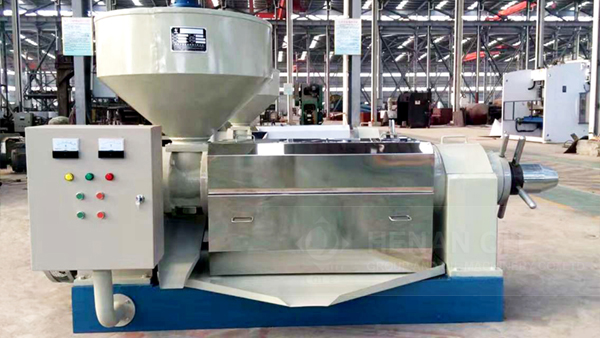
For oil producers using screw presses like the ZY24 (202-3), achieving consistent high yield isn’t just about the machine—it’s about mastering the process. In real-world operations across Asia, Europe, and South America, many small-to-mid-sized oil mills report 10–15% lower output than theoretical capacity. The culprit? Often not equipment failure—but suboptimal parameter tuning during pressing.
A continuous screw press works by applying controlled pressure and heat as raw material moves through the barrel. Key variables include:
| Oilseed Type | Recommended Moisture (%) | Press Speed (rpm) | Avg. Oil Recovery Rate |
|---|---|---|---|
| Canola | 7.5% | 28–32 rpm | 38–42% |
| Peanuts | 6.5% | 25–30 rpm | 45–48% |
| Sunflower | 8.0% | 30–35 rpm | 40–44% |
“Many operators overlook how slight changes in feed rate or moisture affect oil quality—especially when switching between crops.” — Dr. Lin Wei, Process Engineer at China National Grain & Oils Research Center
Based on field audits from over 50 plants in India, Brazil, and Turkey, here are top pitfalls:
One Indonesian mill saw their daily production rise from 3.2 tons to 3.7 tons after adjusting moisture control and implementing a weekly maintenance checklist for the screw shaft and discharge ring.

Even a 5% increase in yield can mean an extra $500–$1,200 per month in revenue for a plant processing 10 tons/day. When combined with better oil stability (lower FFA levels), you gain stronger customer trust—and repeat orders.
If your current setup feels stuck or inconsistent, it might be time to revisit your parameters—not replace your machine.
Get Your Customized ZY24 (202-3) Press Optimization Plan Today
